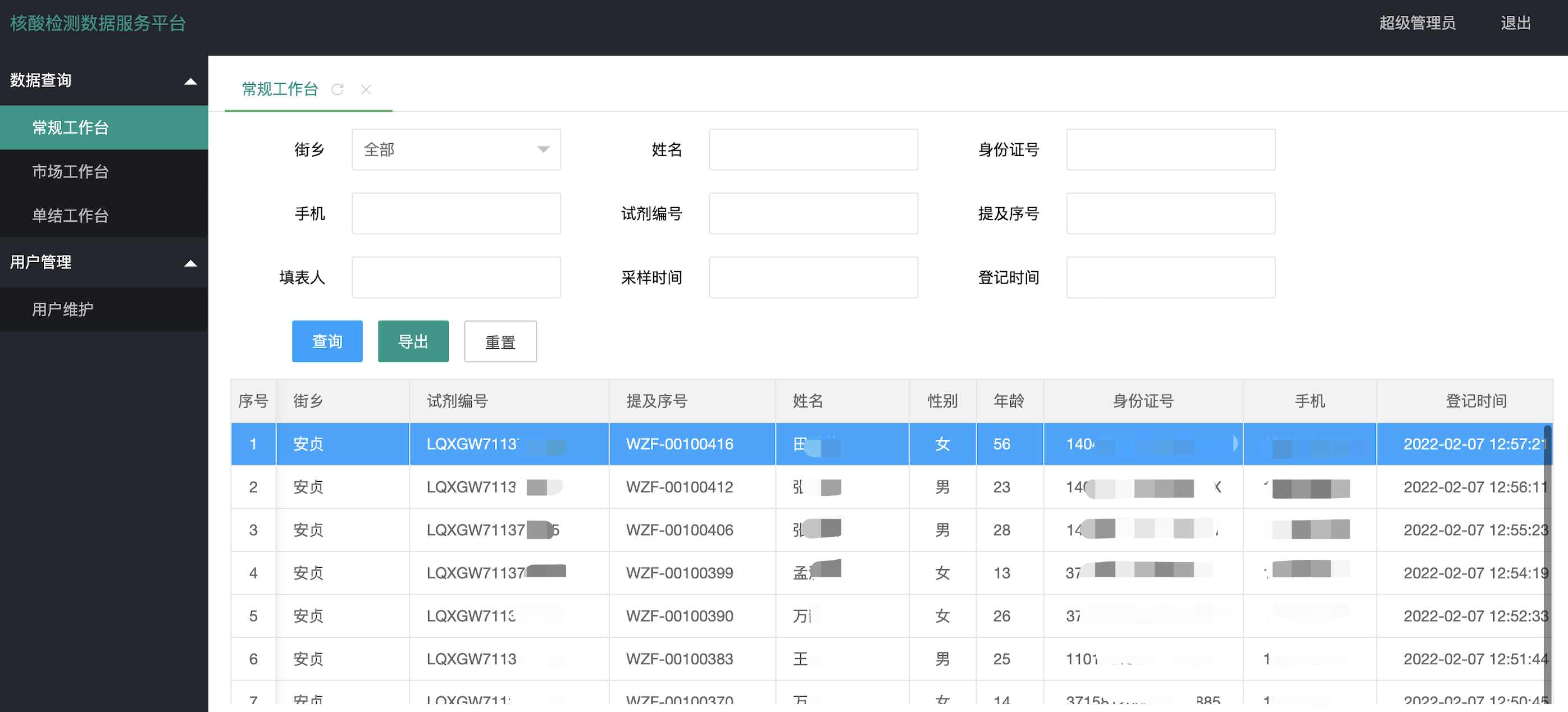Using Pre-registration QR Codes for Nucleic Acid Testing to Enhance Efficiency During the Beijing Winter Olympics
Original article: https://cli.im/article/detail/1838
Basic Information
Organization: Weizhifeng (Beijing) Network Technology Co., Ltd.
A nucleic acid testing institution responsible for daily testing of residents in Beijing's Chaoyang District, and partial testing services during the 2022 Winter Olympics.
Implementation Period: 4 days
Project Lead: Manager Wang
Position: Project Manager (non-technical role)
Project Background
Prior to the Winter Olympics, Chaoyang District (hosting major venues) required large-scale community nucleic acid testing using a 10-in-1 pooled testing method. Each reagent ID needed to correspond to 10 residents' information for contact tracing if positive cases emerged.
To enable contactless registration and improve efficiency, residents pre-registered personal details by scanning a QR code to obtain a unique reservation ID and QR code. At testing sites, residents presented their QR codes, while staff manually recorded reagent IDs alongside 10 reservation IDs. Data correlation and reporting were performed offline, delaying contact tracing during positive case detection.
Key Challenges
1. Inefficient Processes
Manual recording of reagent IDs and reservation IDs at testing sites caused long queues in freezing conditions.
2. Delayed Data Processing
Offline data exports and manual correlation prevented real-time data retrieval.
Implementation Approach

Workflow
1. Create Pre-registration QR Code with ID Submission Functionality

2. Residents Save Reservation ID QR Codes
Residents stored their unique QR codes for presentation at testing sites. 
3. Create Reagent Registration QR Code
Enabled rapid scanning input of reagent IDs and 10 reservation IDs. 

4. Enable Data API Integration
Accessed form data via data API under the platform's Advanced Features. 
5. Real-time Data Processing
Automated merging of pre-registration and reagent registration data into a unified testing record table.
Two Implementation Methods:
Custom Data Platform
2-day development cycle for real-time visualization:
BI Tool Dashboard
1-day setup using BI tools with SQL support:
Field Photos

Template Sharing
Two QR code types were deployed:
- Resident Pre-registration: https://cli.im/share/tYgBVGV
- Reagent Registration: https://cli.im/share/QhVaIeB

